Analytical Cubism – the early phase of cubism, from about 1908 to 1912. The subject was viewed from multiple viewpoints and recreated in fragmented and overlapping shapes
(Pronounced ah-nuh-lih-tih-kuhl kyoo-biz-uhm)
Note: Analytical Cubism broke down an object from multiple viewpoints, whereas synthetic cubism aimed to flatten out an object into a 2D image, often as a collage.
To remember what Analytical Cubism means, recall the following:
An annual literary and cultural event was being advertised on cubes and prisms (Analytical Cubism) that could be seen from many angles and viewpoints.
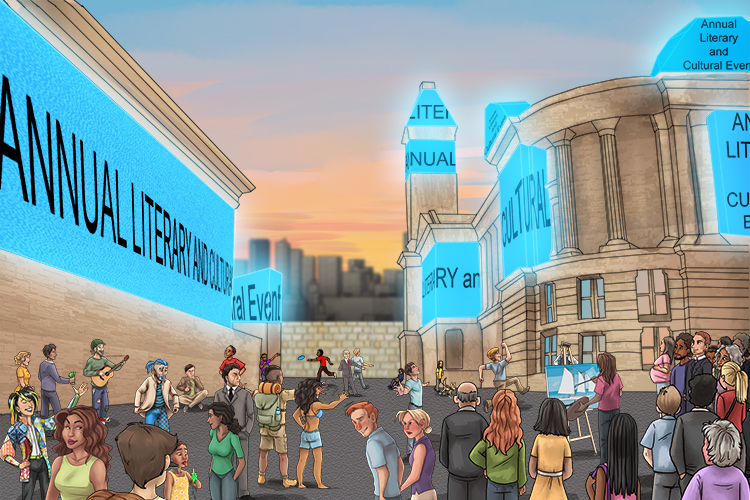
Below is a typical Analytical Cubist painting by Juan Gris.
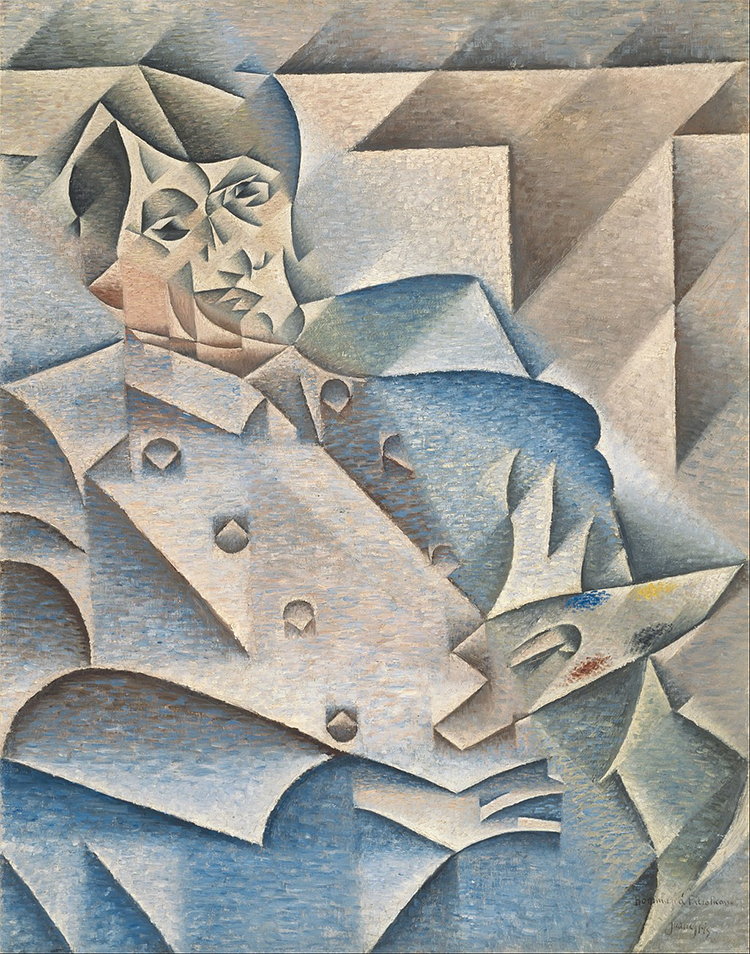
Find an object you'd like to draw – musical instruments work well. It's best to have the instrument in front of you, so you can change the angles easily.
Sketch some lines on your paper – you'll draw inside these lines in the next stage.
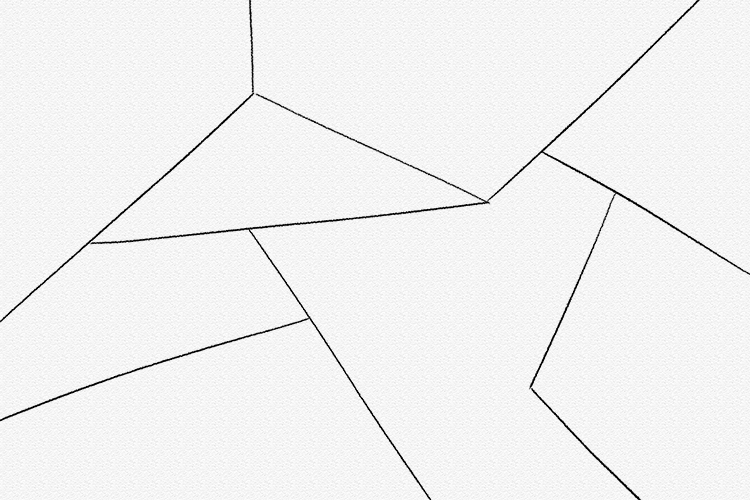
Lightly sketch the instrument, finding a different angle to draw from in each segment until you have filled all of the spaces.
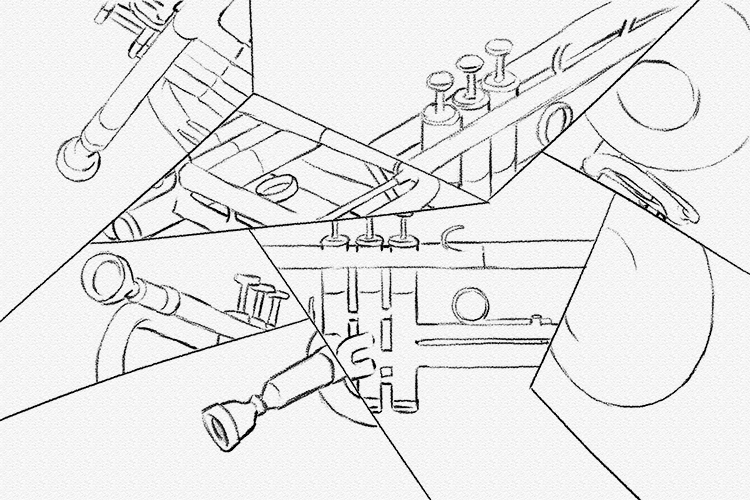
Use pencils or pastels to colour your drawing with muted colours.
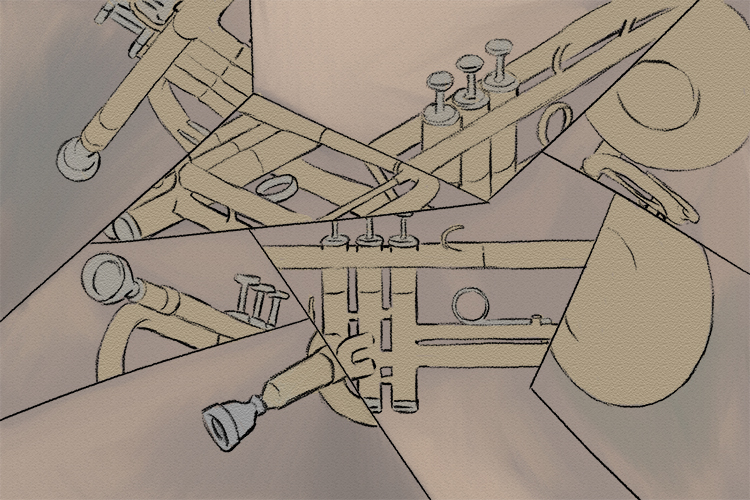
In each segment, use shading which fades from one side to the other. Do this for the background, too. Try changing the way the light falls on the instrument and the background: for instance, the background shading going from right to left and the shading on the instrument going from left to right. Don't have it the same on every segment.
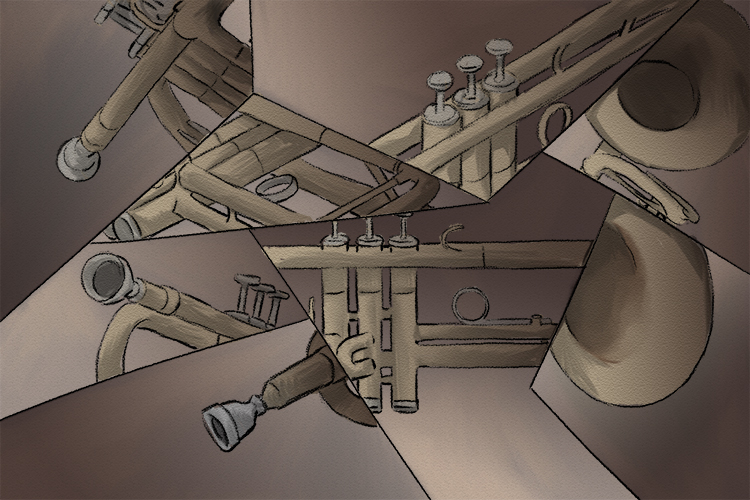
Analytical Cubism.




